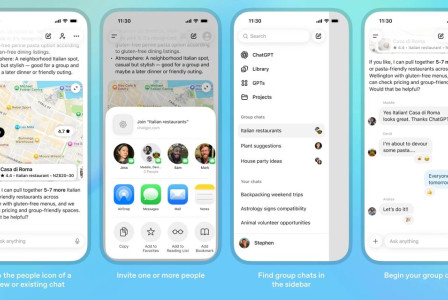SEARCH
Over 1 million surveillance attempts are recorded every day
SHARE IT
Kaspersky's latest analysis of the 25 most widely used web tracking services, including Google, New Relic and Microsoft, revealed over 38 billion instances of web trackers collecting user behaviour data in 2024, with an average of one million detections every day.
Web tracking involves the collection, storage and analysis of data on users' online behaviour. This data may include demographics, number of visits to websites, time spent on pages and interactions such as clicks, scrolls and mouse movements, which can be used to produce heat maps and other useful results. Businesses use this information to personalise the user experience, enhance their business, target ads more effectively and assess the performance of their online services.
Kaspersky's products have Do Not Track (DNT) functionality that blocks items designed to track user activity on websites. This feature allows Kaspersky to assess the current state of data collection by web trackers. To make this assessment, Kaspersky experts analyzed the 25 most widely used tracking services.
These include the following four from Alphabet Inc: Google Display & Video 360, Google Analytics, Google AdSense and YouTube Analytics. They also include services from New Relic and Microsoft, including Bing and other Microsoft tracking platforms. Their analysis revealed that 38,725,551,855 data collection incidents were identified in one year, from July 2023 to June 2024, with users sharing their data approximately 1,060,974 times per day.
The report provides an analysis of the use of various monitoring services by region. Key findings include:
- Google Display & Video 360 comes first among the top 25 surveillance systems in Asia. In South Asia, it accounted for 25.47% of DNT triggering incidents, while in East Asia the figure was 24.45%. The lowest percentage, namely 8.38%, was found in the Commonwealth of Independent States (CIS), where local monitoring systems are more prevalent.
- Google Analytics, which tracks user behaviour and keywords to optimise website traffic and performance, shows the highest percentage in Latin America (14.89%), with the Middle East (14.12%) second.
- Google AdSense trackers predominate in the Middle East (6.91%) and South Asia (6.85%), with the lowest percentages in Oceania (3.76%) and CIS (2.30%).
- The presence of these monitoring systems has increased in almost all regions. While some systems have shown declines in specific areas, some others have expanded, but all are owned by Google. This highlights Google's generalised user tracking, which far exceeds that of any other company.
- YouTube Analytics has the highest percentage in South Asia (12.71%) and the Middle East (12.30%) and the lowest in Europe (5.65%) and North America (4.56%).
- Microsoft trackers have the largest share in Latin America (3.38%) and the smallest in the CIS (0.68%).
- Bing trackers show considerable activity in Africa (8.46%), with the smallest presence in the CIS (0.77%).
- South Korea, Japan and Russia, where local internet services are highly developed, regional trackers not only rank in the top 25, but sometimes outperform global competitors.
MORE NEWS FOR YOU

 Help & Support
Help & Support 

